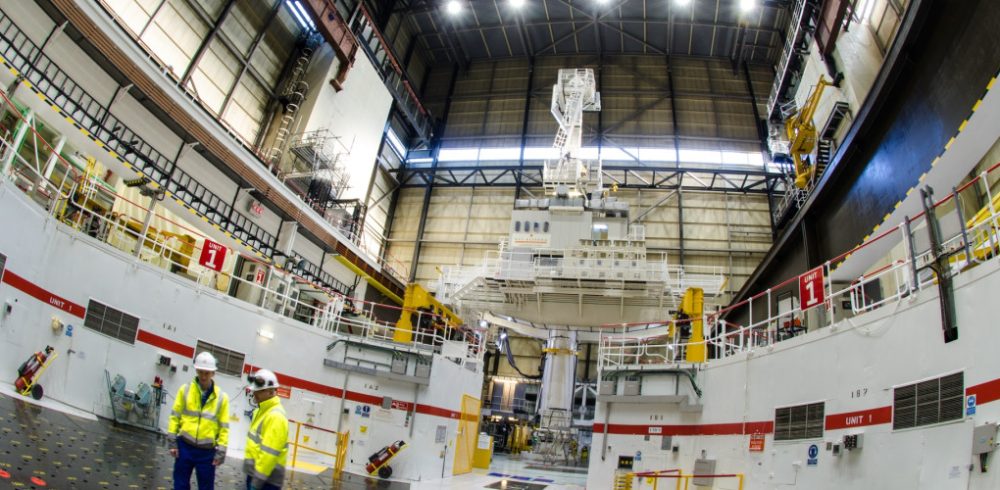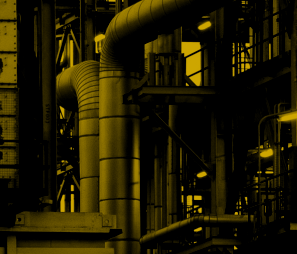Company to Test Innovative Use of Nuclear Energy : Hydrogen to Heysham (H2H) will test an innovative use for nuclear energy, says Xavier Mamo, Director of R&D at EDF Energy.
Hydrogen gas has long been talked about as a new source of clean energy. When hydrogen burns, virtually the only by-product it creates is water. It has huge potential as a replacement for fossil fuels and is one of the new ways we could provide low carbon energy for our factories, cars and home heating.
In its ‘net zero’ report, the Committee on Climate Change said the development of hydrogen technology in the UK had been too slow. So it’s great news the Government has announced funding for a whole series of projects to explore how the use of hydrogen can be rolled out across the UK.
If hydrogen is going to help the UK deal with the climate crisis, it needs to be ‘clean’ and affordable. Hydrogen is already produced around the world for fertilisers and oil refining. However, in most cases methane gas is used and that leads to the release of polluting CO2. The International Energy Agency estimates that hydrogen production worldwide is responsible for around 830m tonnes of carbon emissions each year. CO2 can be removed from the process but doing so adds significantly to the cost.
The Hydrogen to Heysham (H2H) project led by EDF Energy will use a different method. They will test the potential of using electrolysers connected to the Heysham nuclear power station to split water molecules into hydrogen and oxygen. Renewables energy could be used to produce the gas in the same way, but they believe the constant supply of low carbon power from nuclear will be more cost-effective.
EDF’s ambition is that H2H will establish Lancaster as a hydrogen hub. The company’s partners at Lancaster University want to set up a dedicated research centre. Hydrogen could be used for local industry and transport and it might one day heat some of the city’s homes.
To start with, they’re conducting a study looking at the commercial and technical possibilities. After that, they hope to set up a demonstrator project on the Heysham site which would begin operating in 2020. These are early days but, ultimately, hydrogen production might be possible at all of their eight nuclear power stations around the UK.
H2H opens the possibility of using nuclear in the UK in a new way. An existing source of reliable low carbon energy could produce a new, low carbon fuel. Hydrogen from nuclear could make a significant contribution to lowering carbon emissions.
The Committee on Climate Change says that by 2050, UK hydrogen production capacity will need to be equivalent to today’s fleet of gas-fired power stations. That’s an ambitious target so it’s good to be making a start.
Manufacturing & Engineering Magazine | The Home of Manufacturing Industry News
















